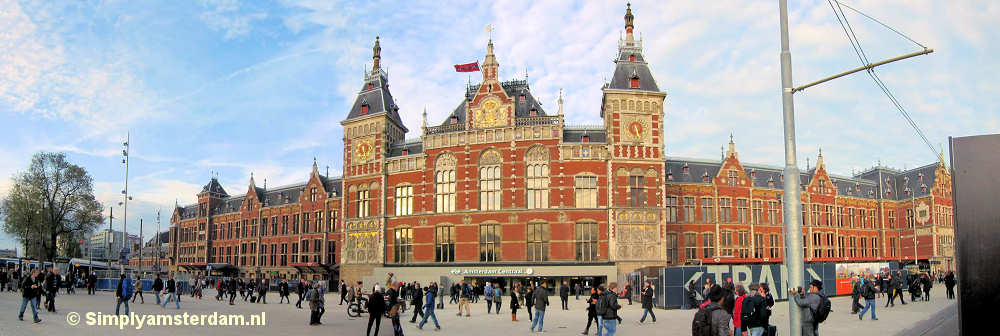Unnecessary further digression in 3...2... ---- I also find historic fortifications fascinating, but for different reasons. One of the reasons is that I just love staring at old city maps: I used to live in this city. Actually, I can point to the specific patch of grass on that map from 1649 where someone built a residence in the 1700s (which burned down and was rebuilt in the 1890s) that I called home. About a year ago the Dutch land registration agency created a site that's "Google Maps but with time travel"; you can pick any place in the Netherlands and browse through 200 years of maps with the slider. Here's the same city as above . What I love to do is to navigate to a place I know and to find out how it developed over the decades. How do those fortifications of yore shape the cities of today? As you mention, at a certain point the fortifications were no longer necessary. This meant that cities could finally expand in all directions without requiring expensive new fortifications to be made. For a lot of cities, it meant that housing was built right on top of old fortification structures, completely erasing that history. Berlin and Paris, for example, had a large number of bastions but you'd be hard-pressed to find traces of that today. Interestingly, Dutch cities have often preserved some of that old fortification structure. Instead of filling up the old moats with sand and building more housing, many cities (Amsterdam is a good example) still have their canals and original moats. This is largely because the law that legislated good fortification got abolished in 1874 coincided with the advent of city planning. The completely market-driven approach to urban growth was replaced with the first real city-wide plans. So lots of fortifications were redesigned as parks, mostly for the elite: ...or as places for those elites to build mansions. Notice the bastion-shape? Those houses are still the most expensive ones in the city. Another thing that coincided was the advent of rail transportation. The first railway lines went to the edge of the fort and not much further. Some stations were designed but nothing particularly extravagant. The de-fortification of 1874 however, allowed the new city planners to build a much larger train station much closer to the city center. Which is why a bunch of cities like Amsterdam, Haarlem and Leiden have a train station that is built on top of or just within the old fortifications. And if your elites are particularly rich, well, why not splurge on an awesome new train station?Without getting really boring about this because it's already an obnoxious digression



